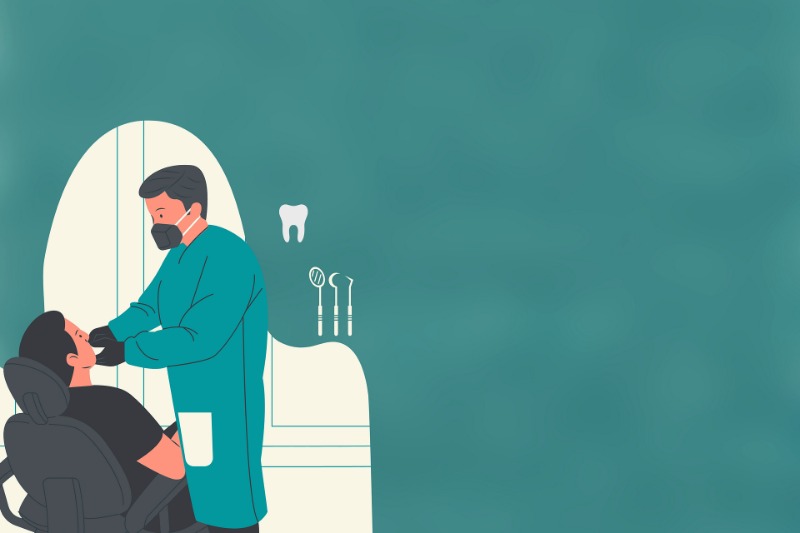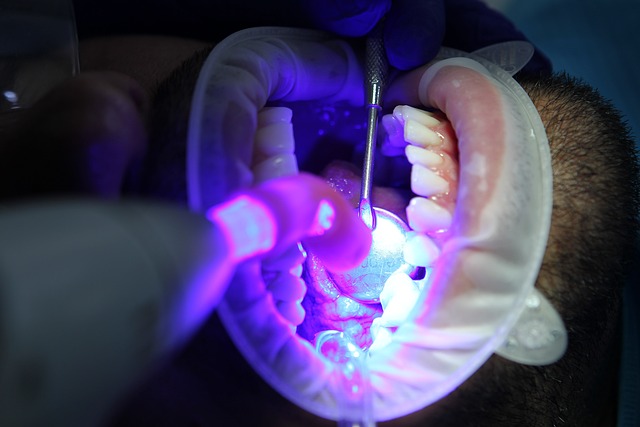
Dental sealant, to put it in simple words, is a thin, plastic coating painted on the chewing surfaces of teeth. This is usually on the back teeth to put off tooth decay. The sealant promptly bonds into the depressions and grooves of the teeth. Accordingly, it forms a defensive shield over the enamel of each tooth.
Brushing and flossing are the greatest ways to help prevent cavities. However, it’s not always simple to keep every corner of your teeth dirt-free. Most importantly, those back teeth you use to chew. Molars are irregular, not level, and a much-loved place for residual food and cavity-causing bacteria to hide.
How Do Sealants Work?
Consider them as raincoats for your teeth. The cavity-causing germs that survive in everyone’s mouth meet up with residual food elements. Subsequently, they generate acids that can produce holes in teeth. These holes, to put in simple words are cavities. Subsequent to applying sealant it keeps those bits of food out and prevents bacteria and acid from settling on your teeth. It works exactly as a raincoat and keeps you clean and dry during rain.
If you are wondering to know who should get sealants; let’s explain.
Children and teenagers are the candidates for sealants because of the chance of decay in the depressions of the premolars and molars. Though, adults without decay or fillings in their molars can as well benefit from sealants.
How Are Sealants Applied: Dentist Glendale
It’s a fast and trouble-free method. Your Dentist Glendale will sanitize and dry your tooth before placing an acidic gel on your teeth. This gel roughs up your tooth surface. Accordingly, so a strong bond will form between your tooth and the sealant. After a while, Dr. Sahakyan your Glendale dentist will rinse off the gel and dry your tooth once again. Subsequently, he would apply the sealant onto the grooves of your tooth. Your dentist will then make use of a special blue light to solidify the sealant.
Can Sealants Be Placed Over Cavities?

Sealants can be used over areas of primary decay to put off supplementary damage to your tooth. Since some sealants are clear, your dentist can watch over the tooth to ensure that the sealant is doing its job.
Usually, once the permanent molars and premolars come in children should get sealants. Thus, the sealants can preserve the teeth all the way through the cavity-prone years of ages 6 to 14.
At times, dental sealants may also be suitable for baby teeth, for instance when a child’s baby teeth have deep depressions and grooves. As baby teeth play such an essential role in holding the accurate spacing for permanent teeth, it’s imperative to keep these teeth strong so they are not lost too early.
How Long Do Sealants Last?
Most importantly, sealants can guard teeth against decay for up to 10 years. However, they need to be checked for chipping or wearing regularly. A habitual dental check-up is a must. Your dentist can reinstate sealants as required.
Are There Any Side Effects?
Other than allergy, there are no acknowledged side effects from sealants.
If you are anxious to know if you still need to use fluoride if you have done dental sealants; let’s put it in plain words.
The answer is Yes. Dental sealants only care for the surface area that they are placed on. Fluoride helps guard all the surfaces of the tooth from rot and cavities.
Smile Makeover of LA for Glendale Sealants
At Smile Makeover of LA, we have a dedicated team of dentists. Call us at 818-578-2334 today! Book an appointment with Dr. Sahakyan.
